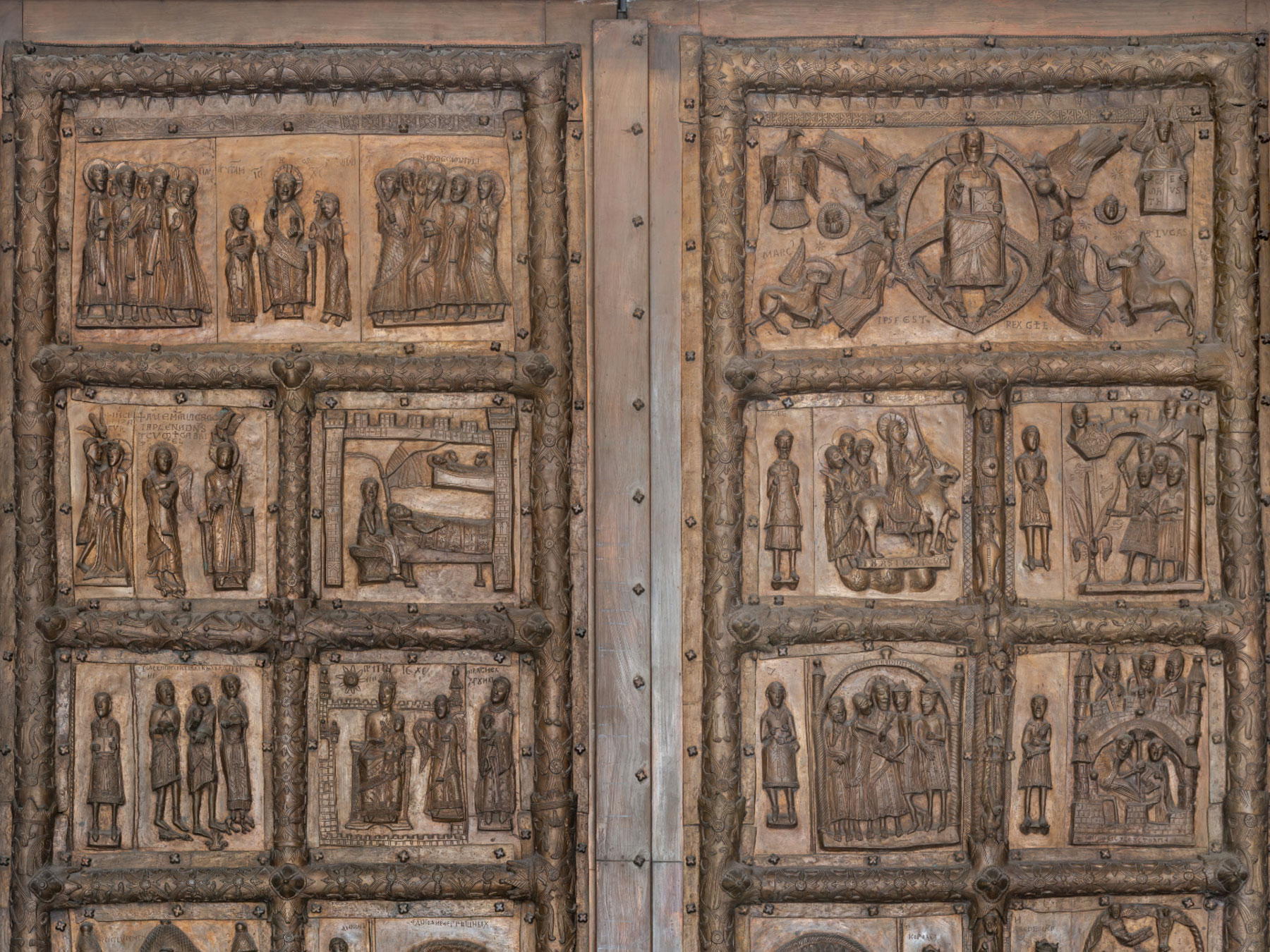Discobolus
Discobolus – a sculpture by Myron, made in the 5th century BC, depicting an athlete throwing a discus. The sculptor probably created it in his early period. He incorporated the Greek canon of beauty. The figure is idealised, the body depicted in full synthesis. The author portrayed the movement and inner dynamism of the figure in a balanced and poised manner.
The athlete is shown just before throwing the discus (hence the name ‘discobol’). The arms are arranged in such a way that they appear to form part of a circle. The head tilted forward accentuates the body’s axis of symmetry running parallel to the left leg bent at the knee, touching the ground with the big toe. His body thus appears proportional. The sculptor has also made most of the muscles visible. It seems as if the athlete has been captured in a moment of rest between two actions, tilting the disc backwards and throwing it out. At the same time, the lack of emotion on the face of the figure depicted suggests great concentration. The figure is portrayed completely realistically, capturing natural movement.
The authentic sculpture by Myron’s chisel has not survived to the present day – it has been reconstructed from later Roman copies.
The founding of the Szczecin antique collection was initiated by Heinrich Dohrn (1838-1913), an entrepreneur, prominent naturalist and art lover. In line with the trends prevailing in Germany at the turn of the 20th century, it was intended to showcase the enduring values of European culture. The exhibition thus conceived included an excellent collection of vases and fine art, as well as a collection of reconstructions of the most famous ancient sculptures, originally made of bronze but known only from marble copies, mass-produced much later in Roman times. Aware that he was only an amateur with noble intentions, Dohrn invited the most eminent archaeologist of his time, Adolf Furtwängler, and his students, including Paul Wolters and Johannes Sieveking, to join him. As a result, a magnificent exhibition of ancient art was created in Szczecin in a short period of time.
The Szczecin reconstruction, made using the traditional bronze casting technique used in antiquity, perfectly captures the colours and textures of ancient Greek sculpture.
3D models
)
)
)
)
)
)
)
)
)